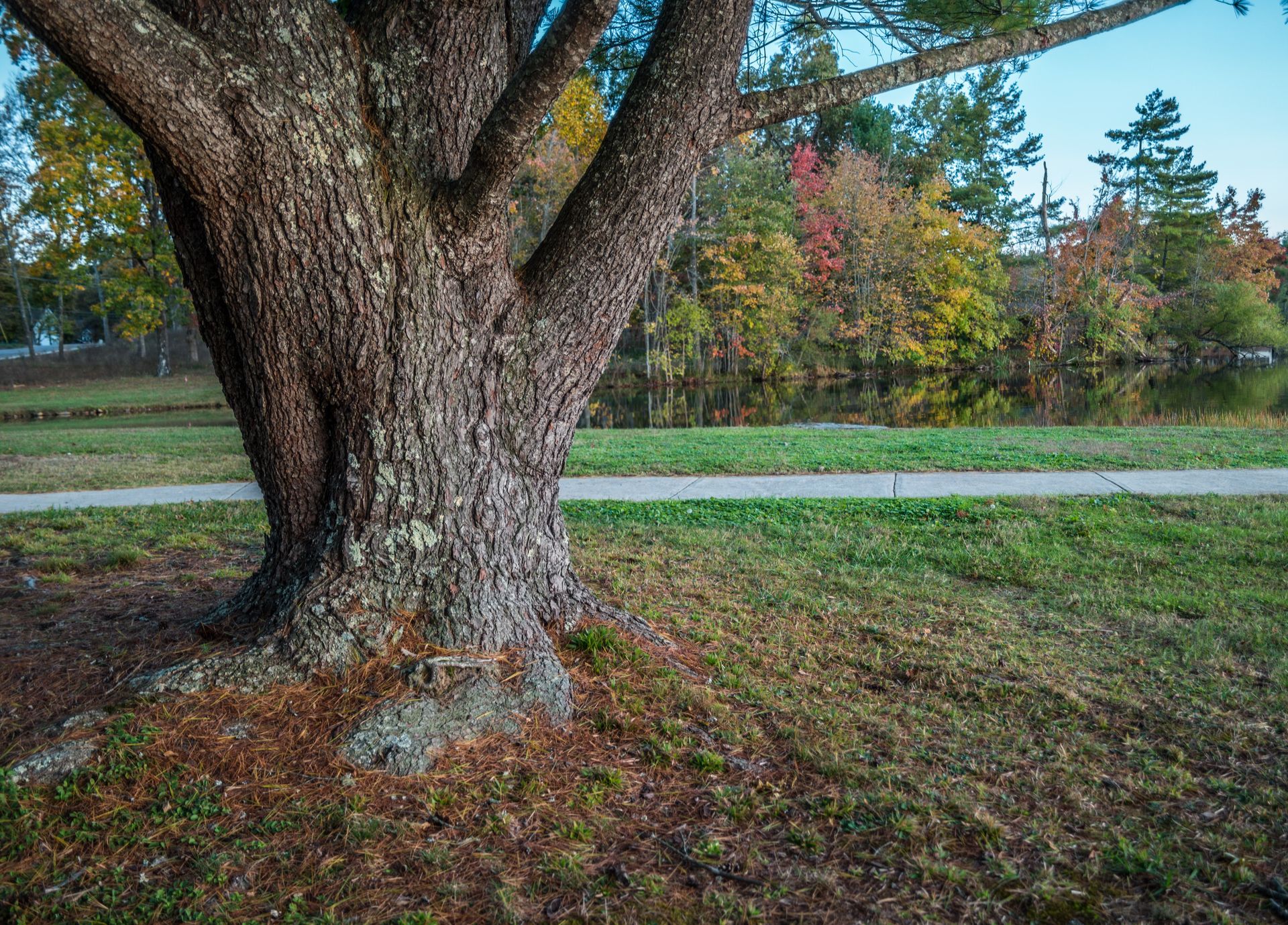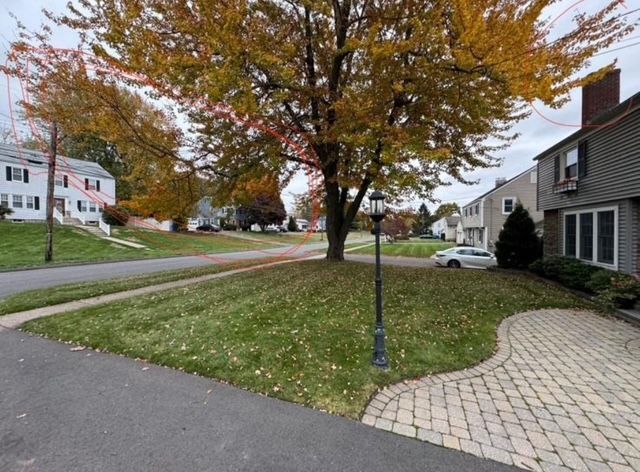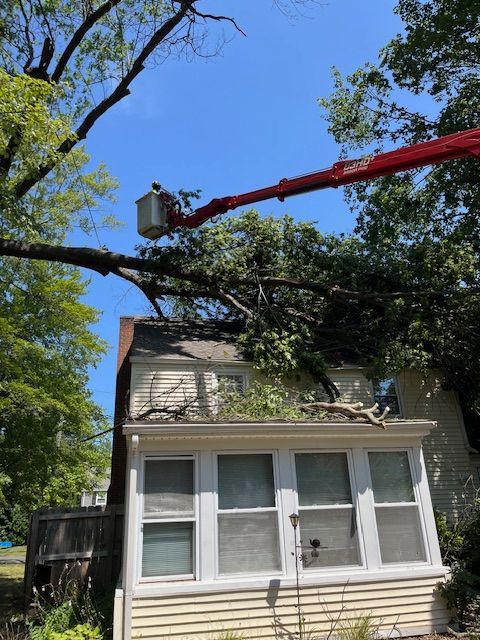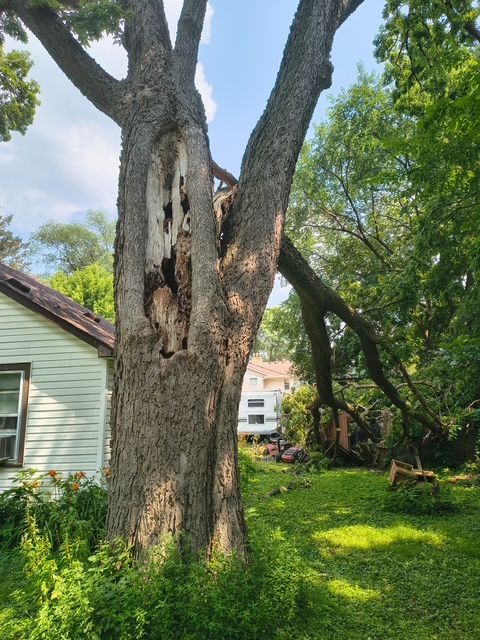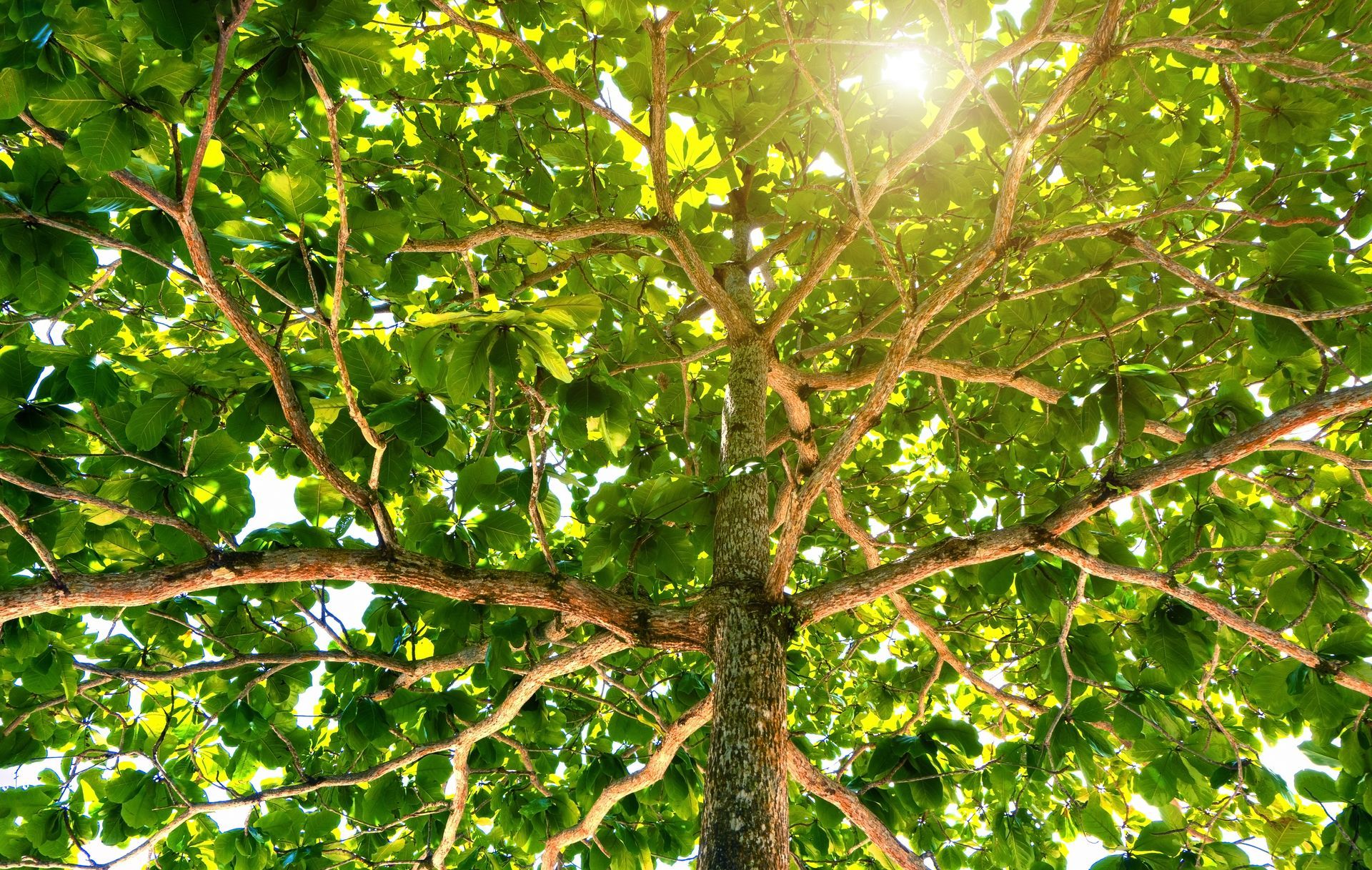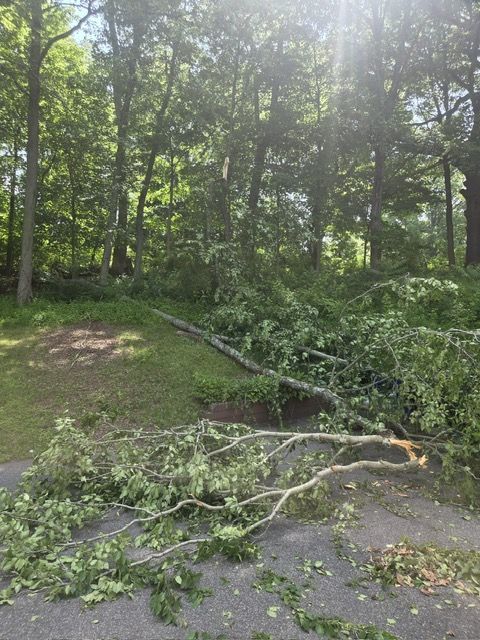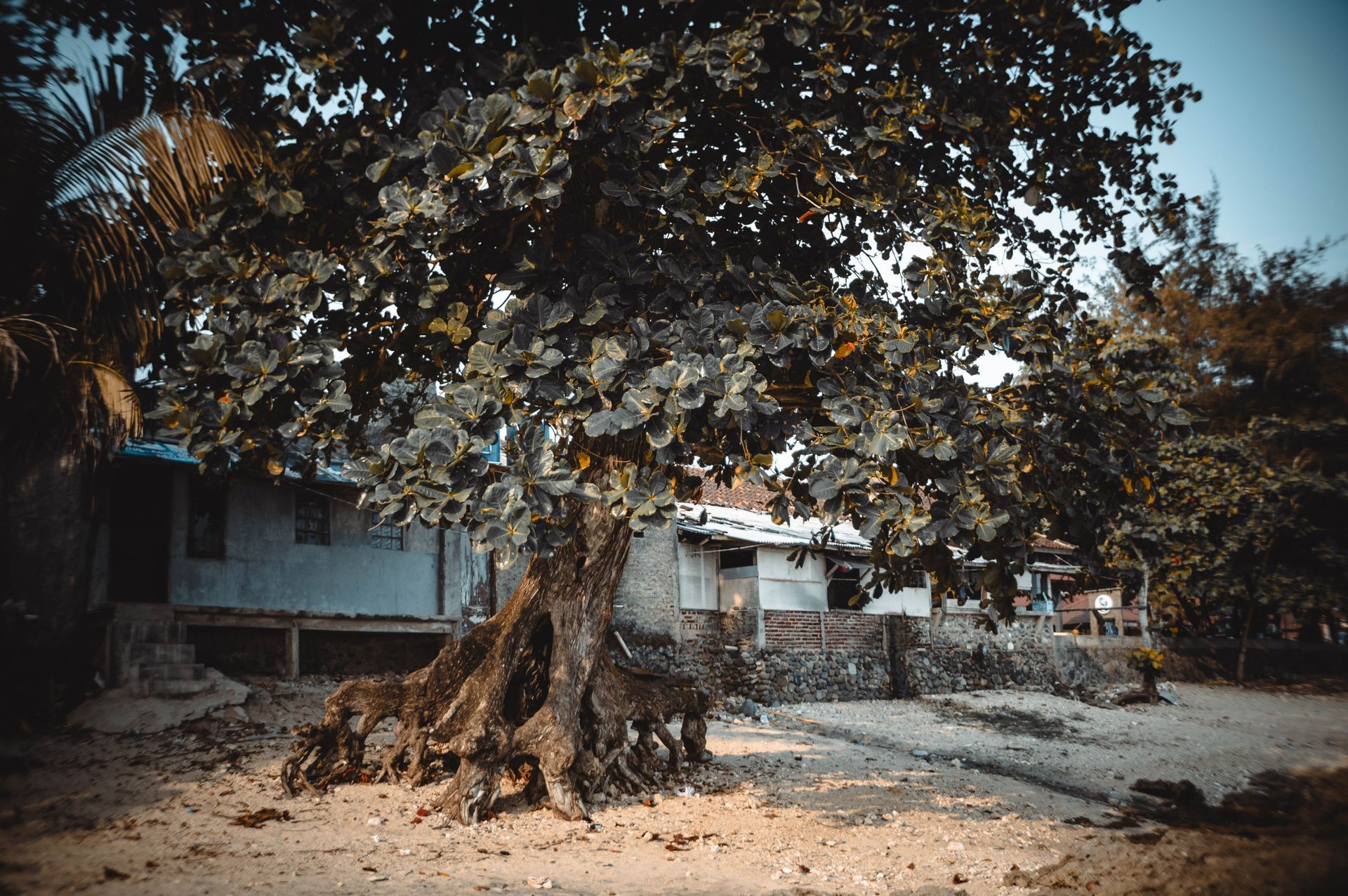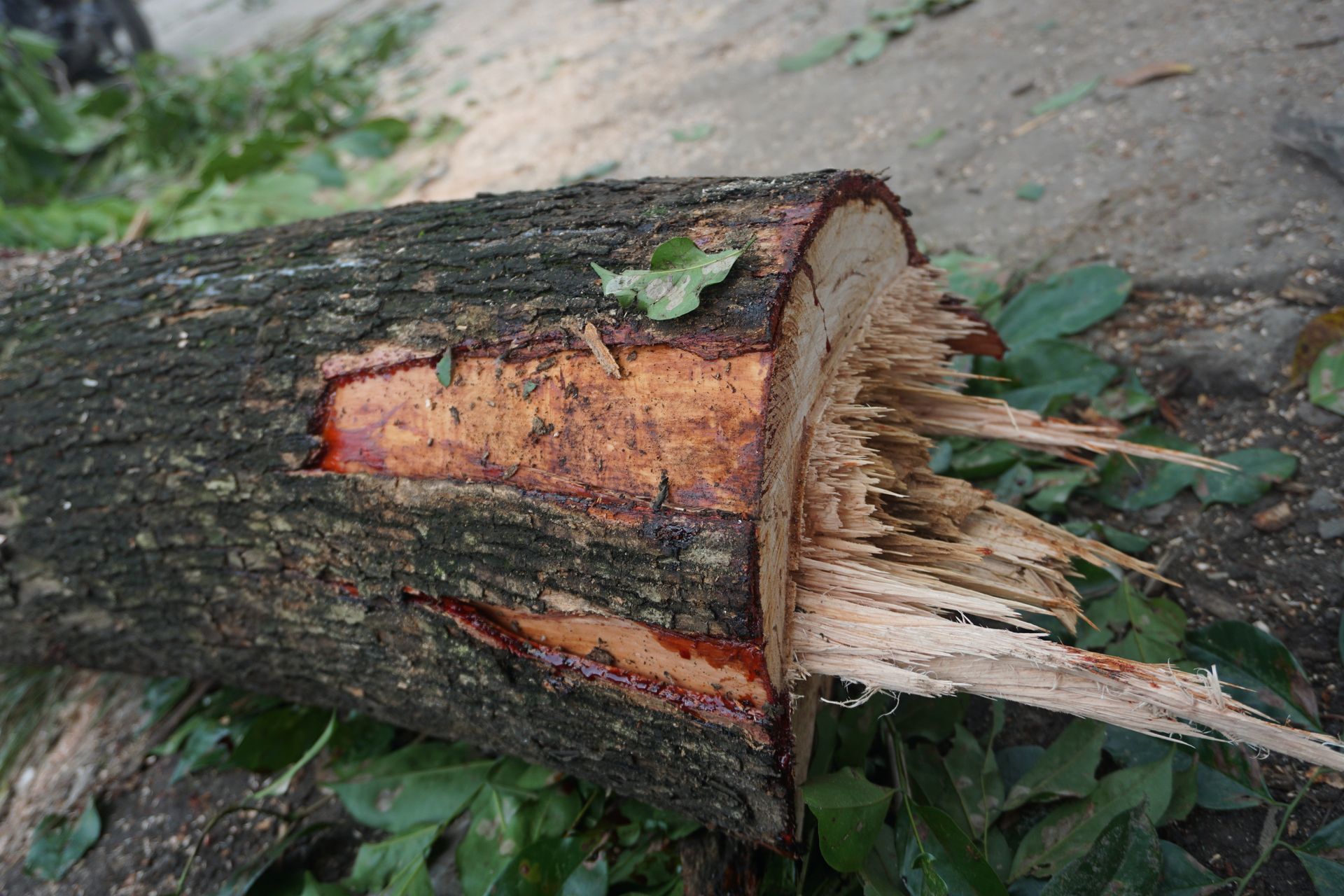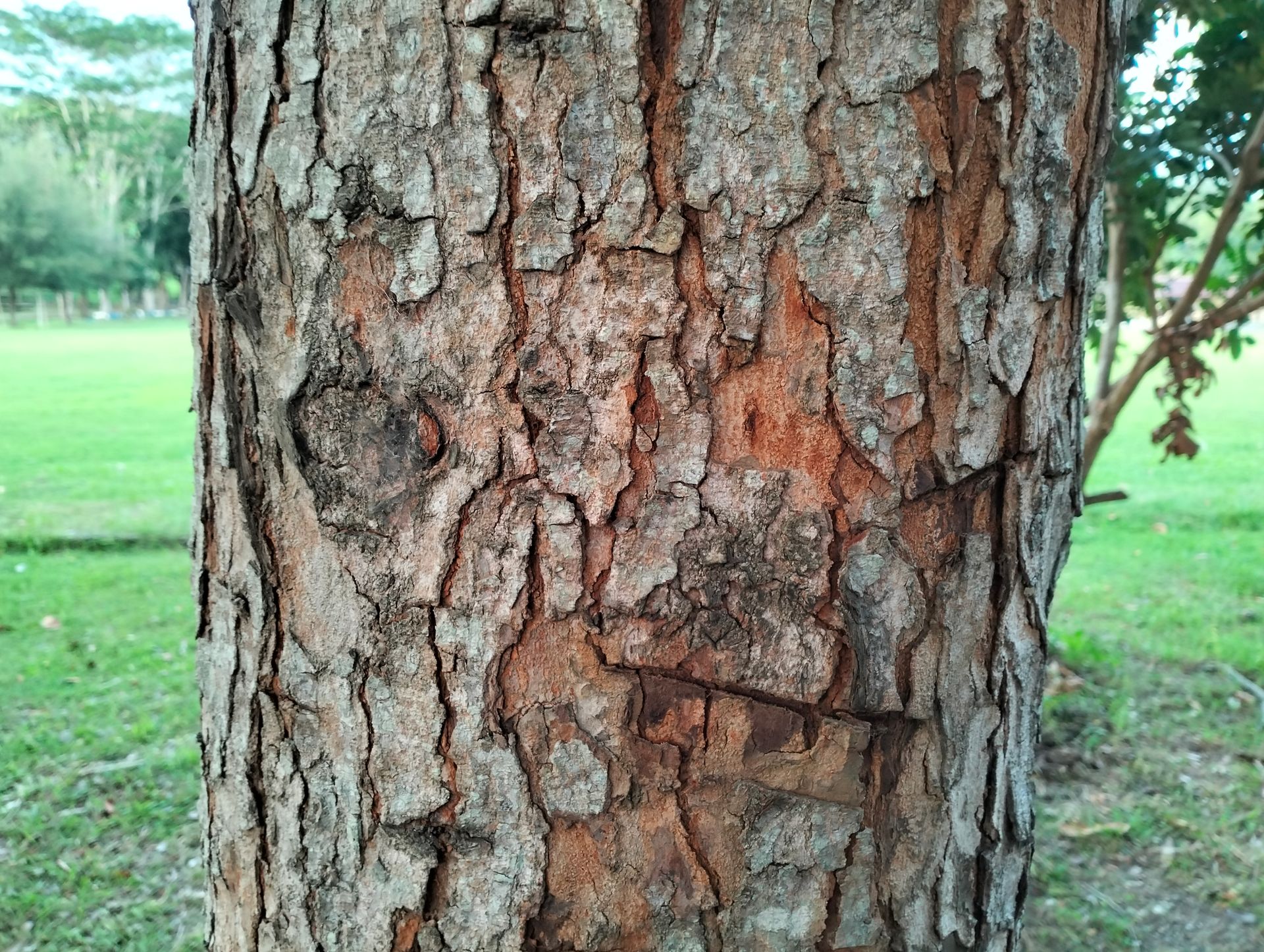What is the Largest Tree in Simsbury, CT?
Simsbury, Connecticut, a picturesque town known for its natural beauty, is home to magnificent trees. One tree stands out as the largest and most impressive. Let's delve into the details and discover what makes this giant tree special.
The Champion Tree: The Pinchot Sycamore
The largest tree in Simsbury, CT, is the Pinchot sycamore. This massive tree is not only the largest in the town but also the largest in Connecticut. Located near the Farmington River, this American sycamore (Platanus occidentalis) has become a local landmark and a symbol of natural heritage.
Dimensions of the Pinchot Sycamore
The Pinchot Sycamore is truly a giant among trees. It measures over 26 feet in circumference and is over 100 feet tall. Its canopy spreads wide, offering ample shade and a stunning sight for visitors. The tree's impressive size and stature make it a significant point of interest for nature enthusiasts and tourists alike.
Historical Significance
The Pinchot Sycamore is named after Gifford Pinchot, who was the first Chief of the United States Forest Service and a well-known conservationist. Pinchot's contributions to forestry and his efforts in promoting sustainable forest management have left a lasting legacy, making it fitting that this grand tree bears his name.
Visiting the Pinchot Sycamore
Located in Simsbury's Pinchot Sycamore Park, this magnificent tree is easily accessible to the public. The park offers a tranquil atmosphere for visitors to enjoy the trees and the natural beauty of the area. There are picnic areas, walking paths, and informational plaques that offer insights into the tree's history and significance.
Conservation Efforts
Preserving the Pinchot Sycamore is a priority for the local community and conservationists. Efforts are made to protect the tree from environmental stressors and ensure its longevity. Regular inspections and maintenance help keep the tree healthy, while educational programs raise awareness about the importance of conserving such natural treasures.
The Role of Sycamores in the Ecosystem
Sycamore trees like the Pinchot Sycamore play a crucial role in the ecosystem. Their large canopies provide habitat for various bird species, while their root systems help prevent soil erosion along riverbanks. Additionally, sycamores contribute to the overall biodiversity of the area, supporting a range of plant and animal life.
Why Visit the Pinchot Sycamore?
Visiting the Pinchot Sycamore offers a unique opportunity to connect with nature and appreciate the beauty of one of Connecticut's most remarkable trees. Whether a resident or a tourist, spending time near this giant tree can be a peaceful and inspiring experience. It’s an opportunity to see nature's grandeur up close and think about the importance of conserving these natural wonders for future generations.
Final Thoughts
The Pinchot Sycamore stands as a testament to nature's beauty and resilience. As the largest tree in Simsbury, CT, it captures the imagination and admiration of all who visit. Understanding and appreciating this natural giant can strengthen our connection to the environment and highlight the crucial role trees play in our world. If you ever find yourself in Simsbury, take the time to visit the Pinchot Sycamore and experience its majestic presence.
